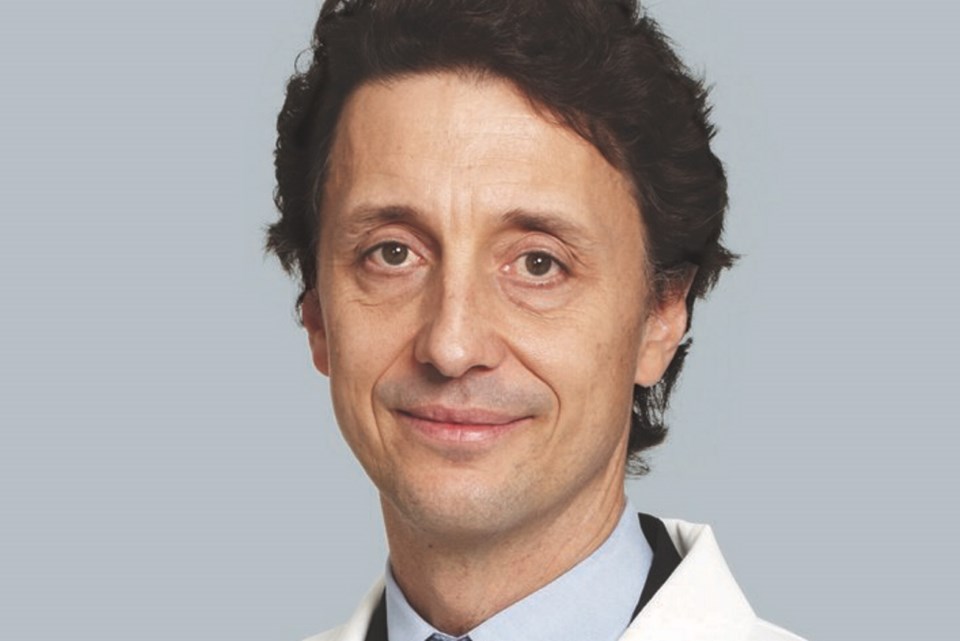Dear Dr. Roach: I am a 67-year-old woman who has been diagnosed with osteoporosis, currently treated with Prolia injections. I also previously took Fosamax for four years.
I must have a tooth extracted due to a crack in the root, and my dentist wants me to forgo the Prolia treatment due to risk of osteonecrosis. What is the current research on this? What is your advice?
L.S.
Denosumab (Prolia) is an injection treatment for osteoporosis. It is an antibody to a receptor that helps the body produce osteoclasts, the cells that break down bone. Bone is constantly being broken down and remade. This constant remaking of bone repairs tiny fractures of the bone and maintains bone strength. In osteoporosis, there is more breakdown than regrowth, so there is a slow net loss of bone density and bone strength, leading to risk of fractures.
The alendronate (Fosamax) you took for four years works similarly, by preventing osteoclasts from resorbing bone. It is clear that long-term use of alendronate and similar drugs can lead to complications of bone.
One of these is atypical femur fractures, which happen when the bone is brittle. Bone that has not been repaired over years, due to suppression of osteoclasts, may have microscopic cracks. They lead to risk of unique fractures. A second risk is osteonecrosis of the jaw, but the exact reason this happens is not clear.
Osteonecrosis of the jaw is uncommon in people taking oral bisphosphonates or denosumab; one estimate of risk is that it would occur at most in five out of 10,000 people taking a bisphosphonate for five years. The longer a person takes it, the greater the risk, though. The risk is much higher with injection bisphosphonates, such as those used to treat breast cancer and multiple myeloma.
There is not a consensus on the best way to treat a person who needs dental surgery and who has been taking anti-osteoclast therapy, but the American Association of Oral and Maxillofacial Surgeons recommends surgery as usual for a person who has been on treatment for less than four years, and holding treatment for two months in a person who has been on more than four years or who has also been taking prednisone or a similar steroid. There is no proof that this reduces the already low risk of osteonecrosis of the jaw, but it makes sense based on what we know about the condition.
The fact that you took Fosamax for four years and are now on Prolia puts you at higher risk for bone complications, so despite the lack of proof, I think holding the Prolia for two months and resuming once the jaw bone has healed is prudent.
I would like to mention that you may have increased risk for atypical femur fracture. Prolia is not a medicine I usually use after a patient stops Fosamax, since they work similarly and both increase risk for these complications.
Discuss with your doctor whether you still need treatment for osteoporosis. Hopefully your bone density has increased. If so, consider a different type of treatment, such as teriparatide, which stimulates more bone growth rather than blocking resorption. This may reduce the risk of atypical femur fracture that comes from unhealed microfractures.
Dr. Roach regrets that he is unable to answer individual letters, but will incorporate them in the column whenever possible. Readers can email questions to [email protected]

